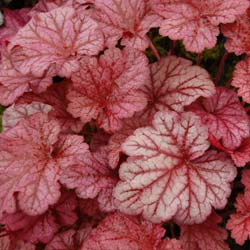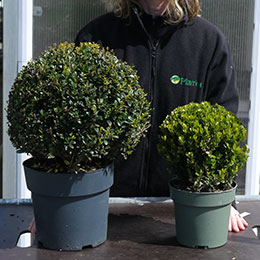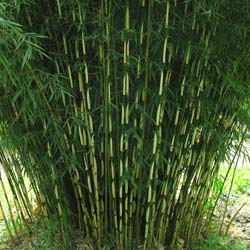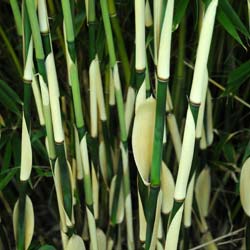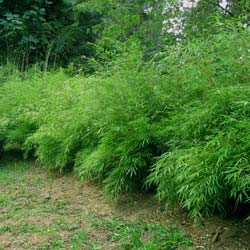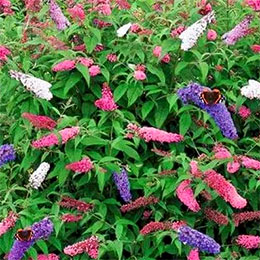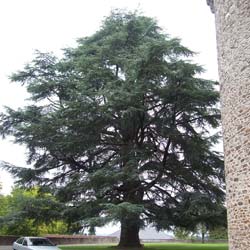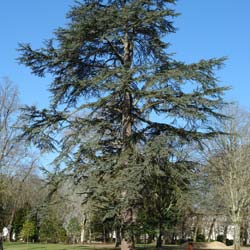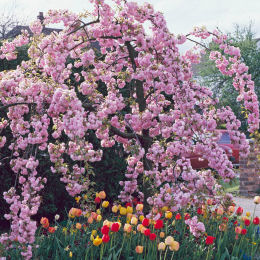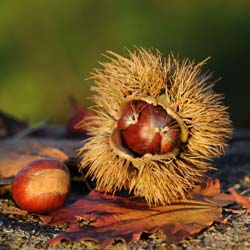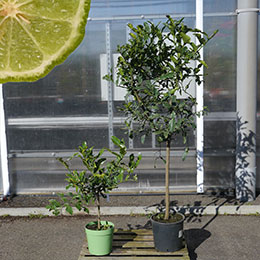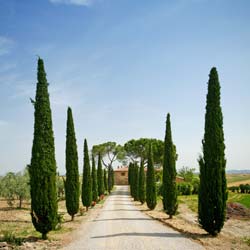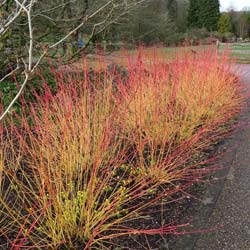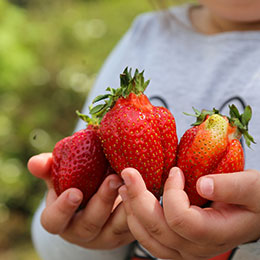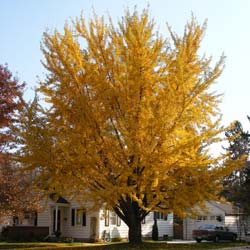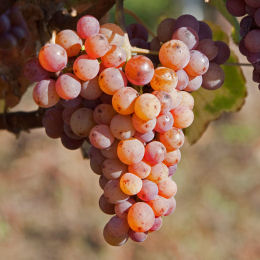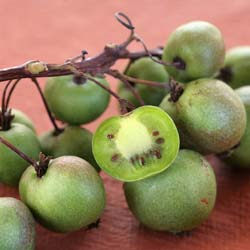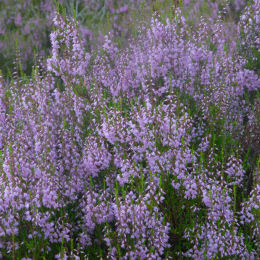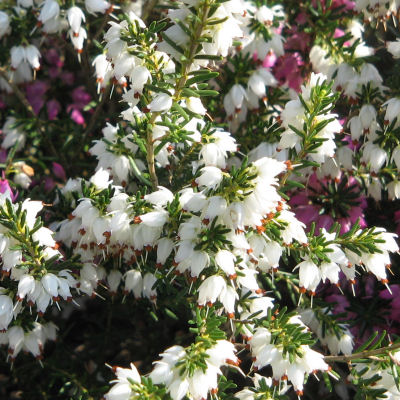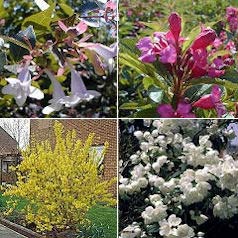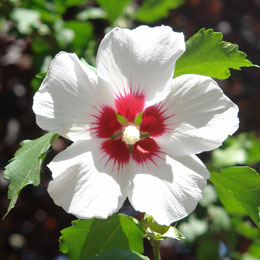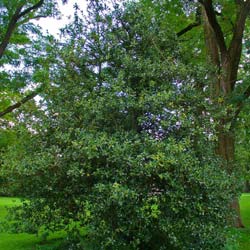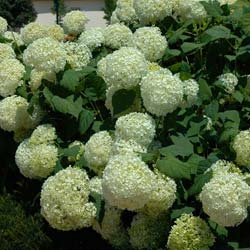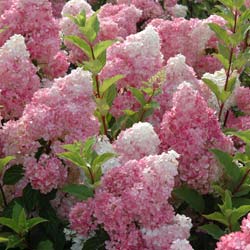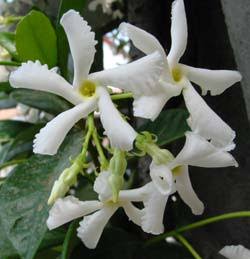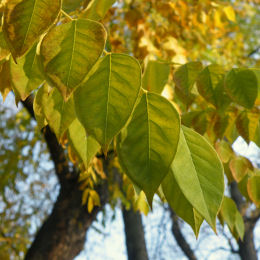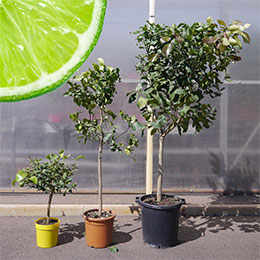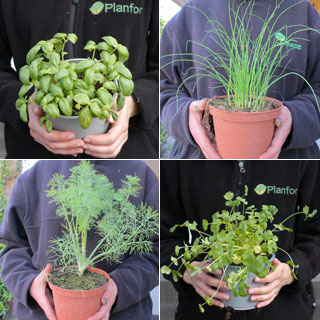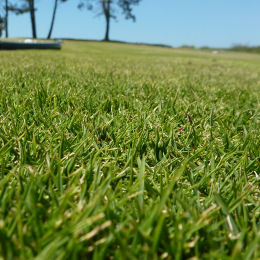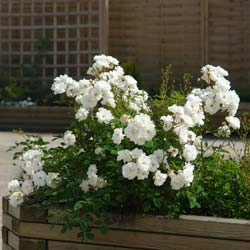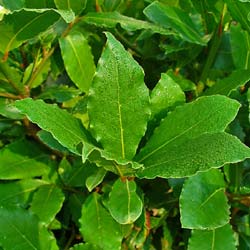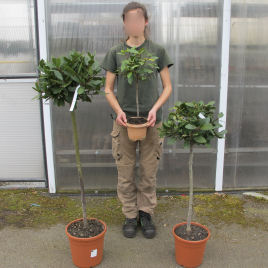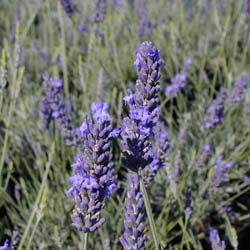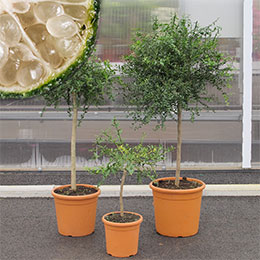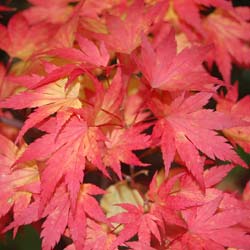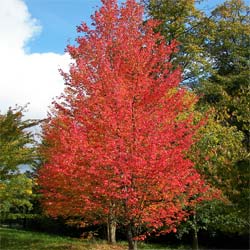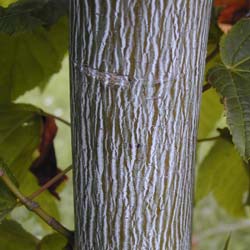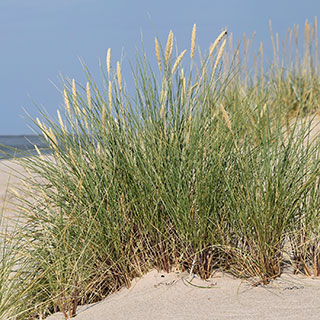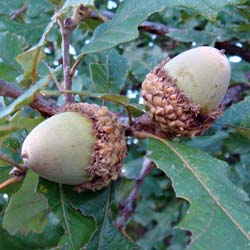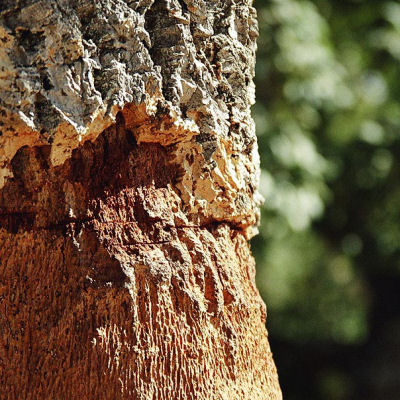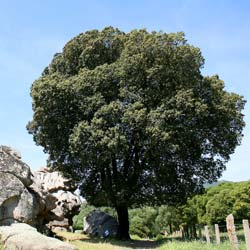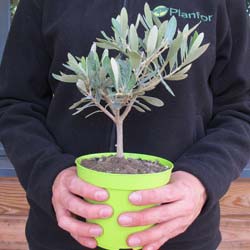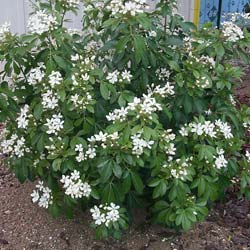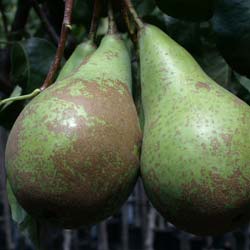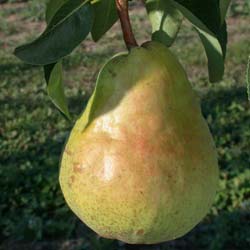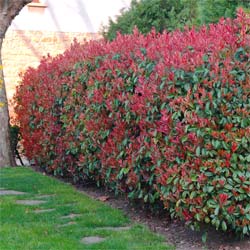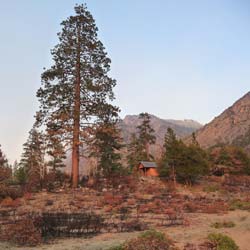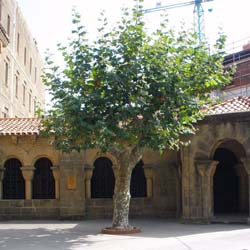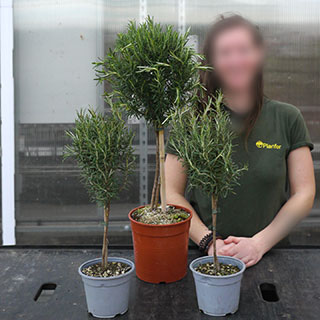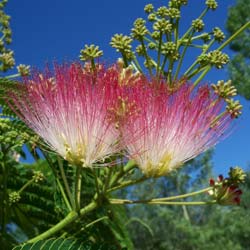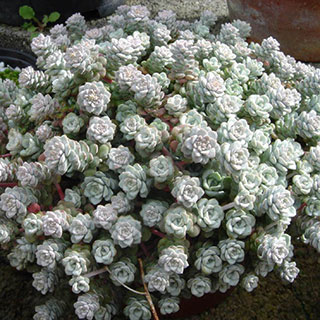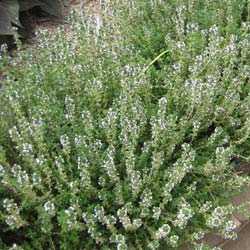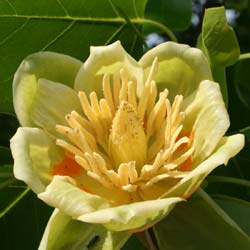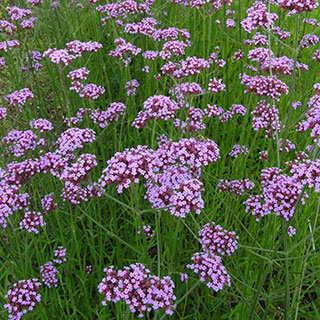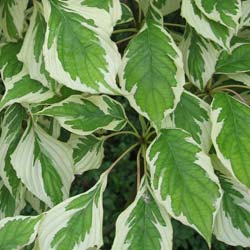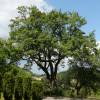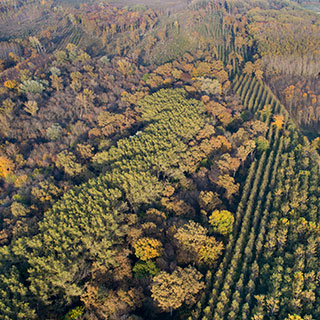Service tree / Sorbus domesticaBuy: Service tree
Pictures of: Service tree
Description: Service treeServiceTree - Sorbus domestica (latin)
Area of origin : Southern Europe.
List of Sorbus:
• Forest Tree Seedlings for your plantations Plant, or reforest ServiceTree, Sorbus domestica – Foresters Guide1) The ServiceTree (Sorbus domestica) is it suitable for my land?The Service Tree has important needs concerning the sunlight and the warmth, does not bear the competition of the other species, and needs to be boosted to develop in forest. It needs at least 600 mm of rainfall, evenly supplied throughout the year, and tolerates summer drought if the ground supplies enough water. It resists to intense cold and late frost. The Service Tree is not concerned by the soil conditions. However, it does not tolerate the water logging of the grounds, even temporarily. 2) Which planting density for my ServiceTree plot? (Sorbus domestica)
The planting density is the number of plants planted in one hectare (acre). Here it means determining the initial number of young plants and to choosing their repartition in the available space.
3) How to prepare the soil to plant ServiceTree (Sorbus domestica)?In Silviculture, working the soil is a key element in the success of planting. The root system of the tree must take rapidly where planted. Whether the work is done mechanically or manually, we recommend working the soil in its depth for optimum planting. 4) How to plant the ServiceTree (Sorbus domestica)?a- Receipt, storage and preparation of the plants before planting
In all case, you must: Finally, the worker will tamp down the soil carefully with its foot. It is forbidden to press strongly or again to heel-butt the plant to avoid crushing the earth-ball and damage the root system of the plant. Video on planting using a planting cane Buy Planting cane 5) How to limit weeds on my ServiceTree plot (Sorbus domestica) ?
During the first years, it is essential to eliminate all self-propagating plants. Not controlled they are going to be in competition with your plants and are going to deprive the young trees of the vital elements they require to grow (water, light and nutritional elements). You must therefore eliminate mechanically this unwanted competition until the trees are big enough to be able to dominate it.
It is in fact acts often carried out using portable thermic Strimmers or billhooks to clear plants on a line or around the plants themselves.
These actions are done using cutters and flail mowers, horizontal or vertical cutters, mounted on mini excavators or tractors. As a result, they cannot be undertaken outside the spaces available between the tree lines (plants or plants). 6) How to protect my young ServiceTree plants from wildlife (Sorbus domestica) ?
There is a necessity to protect the plot as soon as the population’s density of Cervidae (deer and roe deer in particular) risk leading to significant damage such as undergrowth of the plants or friction of the stems. Sometimes, the setting up of plants’ protection is also necessary as soon as the rodents’ population (rabbits, hares, coypu, voles...) are locally important.
Related Categories: Service tree
Your reviews about: Service tree |
















